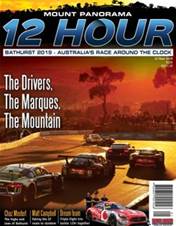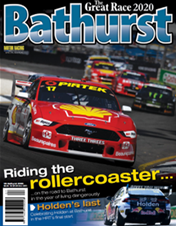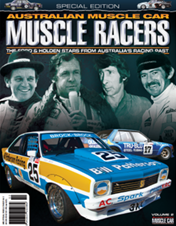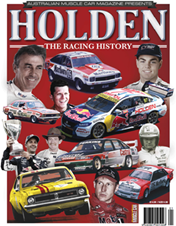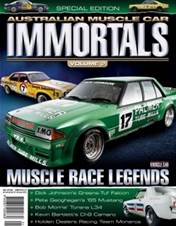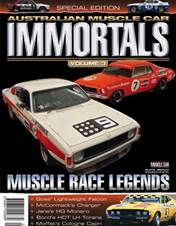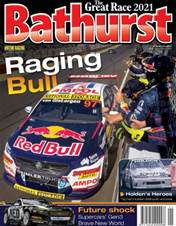For a Toyota dealer eager to turn up the excitement level on promoting his business in the mid 1970s, there was really only one choice of model and race category – a Celica in Sports Sedan competition.
Bruce Gowans had established his first Toyota dealership at Devonport, on Tasmania’s North Coast, in 1969, in partnership with fellow racer and good friend, Alan Ling. History shows the pair backed the right horse, with Toyota’s slow march to market leadership well underway.
Gowans kept an eye on the burgeoning Sports Sedan scene while the business grew. He was as gobsmacked as any other motorsport enthusiast when the John McCormack-built and driven Repco V8-powered Charger arrived in 1974 as the trailblazer for a new-generation of purpose-built, Formula 5000-inspired tin-tops.
The Charger’s speed, coupled with the fact McCormack was also originally from Devonport, made the Ansett Team Elfin F5000 star the obvious first choice of constructor for any proposed new Ling-Gowans Toyota-backed machine.
“Gowans Toyota still stands today on the same site in Devonport where John McCormack operated his Volkswagen agency in the 1960s,” Bruce Gowans explains. “It’s the same place John Bowe did his apprenticeship! So John (McCormack) was a local guy and I was involved in racing in an old sportscar, an ex-Pete Geoghegan/Greg Cusack Lotus 23B, so we naturally got to know each other.”
In the early 1970s Gowans fitted a Waggott two-litre engine in another Lotus, an ex-Glyn Scott 23B, to try and outrun the Elfin 360s in the Australian Sports Car Championship.
“I didn’t get the plumbing right and blew the engine. We sold everything and decided to sit out for a while.
“Four years later, in 1975, we wanted to go motor racing again and looked at all the categories that would enable us to promote a Toyota product. Sports Sedans were about the only thing.
“John had moved to Adelaide but was back in Devonport one day and came over to our dealership. We told him what we had in mind – a V8-powered Celica – and asked him if it would work. He said, ‘Let’s stick one on the hoist and have a look.’ John pulled out his tape measure and after a few minutes of peering here and there underneath it, said, in his typically quiet manner, ‘Yes, I think we can get that to work...’

“Toyota then flew in a brand-new body from Japan for us, shipped it to John’s workshop in Adelaide and he and Simon Aram (see breakout below) went from there.”
The idea was to build a more compact version of the 1974 Toby Lee Series-winner, albeit the Celica would be front-engined rather than having the Repco V8 sitting alongside the driver as in the much larger VJ.
John McCormack takes up the story:
“Essentially we decided we’d put what was under the Charger in the Celica body – same engine and driveline; everything,” he says. “Cramming the Charger components into the Celica was a bit of a challenge.”
Packaging was not the only challenge McCormack faced. His full dance card – which included contesting F5000 events for Ansett Team Elfin and racing the Charger – meant designing and constructing the new beast on his own was out of the question. Engineer Simon Aram was given the task.
“Simon worked for me on a casual basis with the Formula 5000 and I simply said to him, ‘Do you want to have a go at it?’
“He’s a designer by profession, if you like; he could design anything he set his mind to. But he’s a terrific fabricator, too. What he conceives he produces in a very practical manner and it works.”

McCormack’s main requirement from Aram was having pickup points to provide certain suspension angles. Easier said than done given the short wheel-base Toyota Celica’s compact packaging, one reason not everything used in the Charger transferred to the Celica.
“Because there wasn’t the room to put two parallel links in running forward onto the roll-cage, like the Charger had, we had one forward and one going back to the rear transmission. It was nicely thought out, though somewhat unusual. I had seen it done before on a Surtees Formula 1 car, I think.
“Simon fabricated the front uprights and used Lola F5000 ones in the back.
“Whereas I used Elfin wheels, hubs and so on in the Charger, I bought Lola wheels, axles and other items for the Celica.”
“I did not know what [the entire project] was going to cost, because I’d never done anything like that for anyone else. I just did it on the ‘do it and charge them’ basis. I paid for everything we needed and kept all of the invoices and bank statements. And then there was a 20 percent charge on cost, as agreed, which was mine. It worked out well.”
Construction of Australia’s fastest Celica started in mid-1975, with an expected build time of 12 months. In the finest of traditions, the build and development period took much longer than planned, with Gowans eventually debuting the car in September 1977, more than two years after the project started.

You have reached an article available exclusively to Premium members.
JOIN FROM AS LITTLE AS $6.66 A MONTH* FOR INSTANT ACCESS.
Already a member? Log in
* Billed annually at $79.90


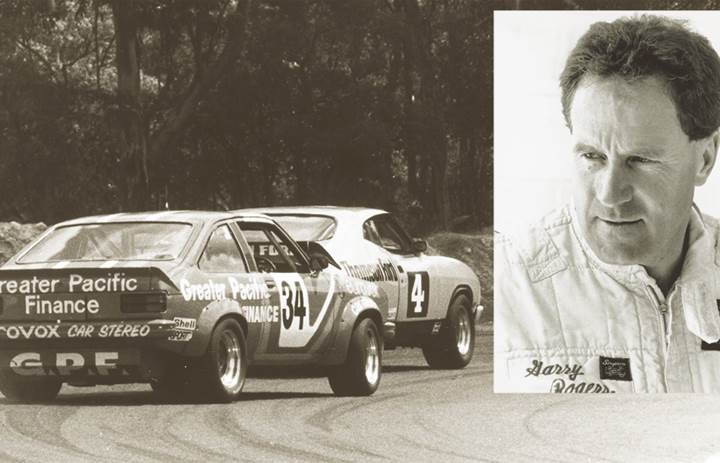


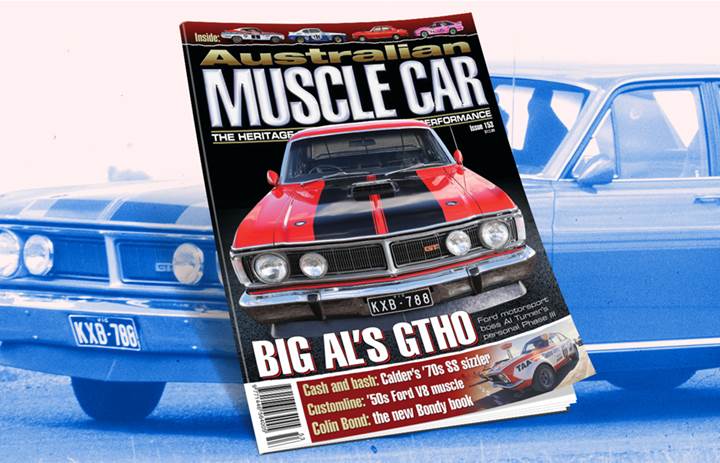
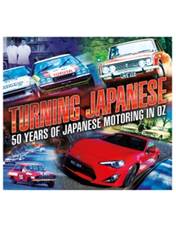
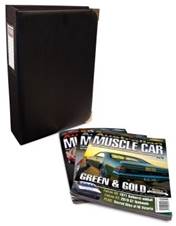


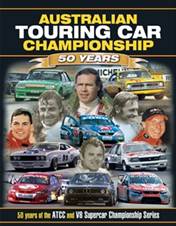

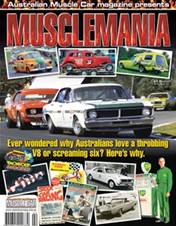
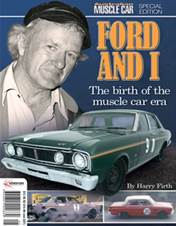
.jpg&q=70&h=226&w=176&c=1&s=1)
